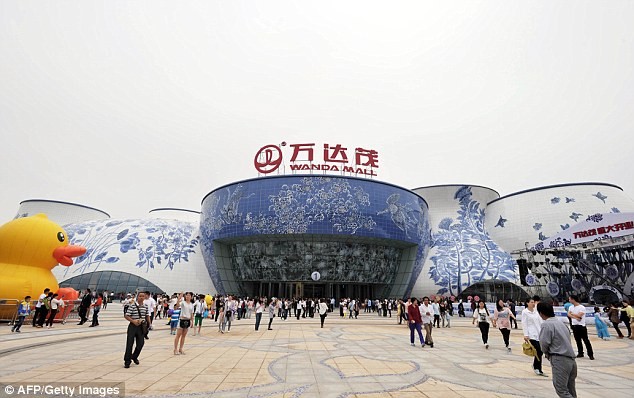China's malls have countered the online shopping option by shifting to "retailtainment," which blends arts and educational spaces with food and beverage.
They are also putting less of an emphasis on fashion brands.
Consumer experience has become an integral factor and will continue to be a leading driver for shopping malls and retailers this year, according to 2017 Asia Pacific Real Estate Market Outlook report by real estate services company CBRE.
E-commerce sales are expected to jump from 15 percent to account for 24 percent of the retail market share in Asia Pacific in 2020, prompting mall developers in China to undergo major overhauls to their offerings.
Combined with the country's economic slowdown and major geopolitical developments, luxury retailers across China need to become much more agile, selective, and efficient in managing their portfolio.
The report noted that the challenging retail environment will cause shopping centers to boost facilities to stay competitive, and that it's crucial for mall operators to remain focused on this model.
Retail establishments will continue to refrain from over-expansion and focus on consolidating their locations and expanding their flagship spaces, rather than total store count to emphasize on brand experience. More stores are also expected to be closed to "increase sales efficiency."
Good examples are the Grand Summit and the Topwin Center in Beijing, which feature high-end gyms, lifestyle cafes, community art exhibitions, farmers markets, and locally run multi-brand stores.
Some developers like the Wanda group have created shopping malls that also serve as "tourism centers" with movie parks, indoor water parks and mini golf courses.
There is also a growing consumer interest in healthy lifestyles and malls are expected to put more emphasis on the health and fitness category.
While entertainment facilities demand more space, China's commercial property market can satisfy this requirement with its oversupply of around 21.5 million square feet of space.



























